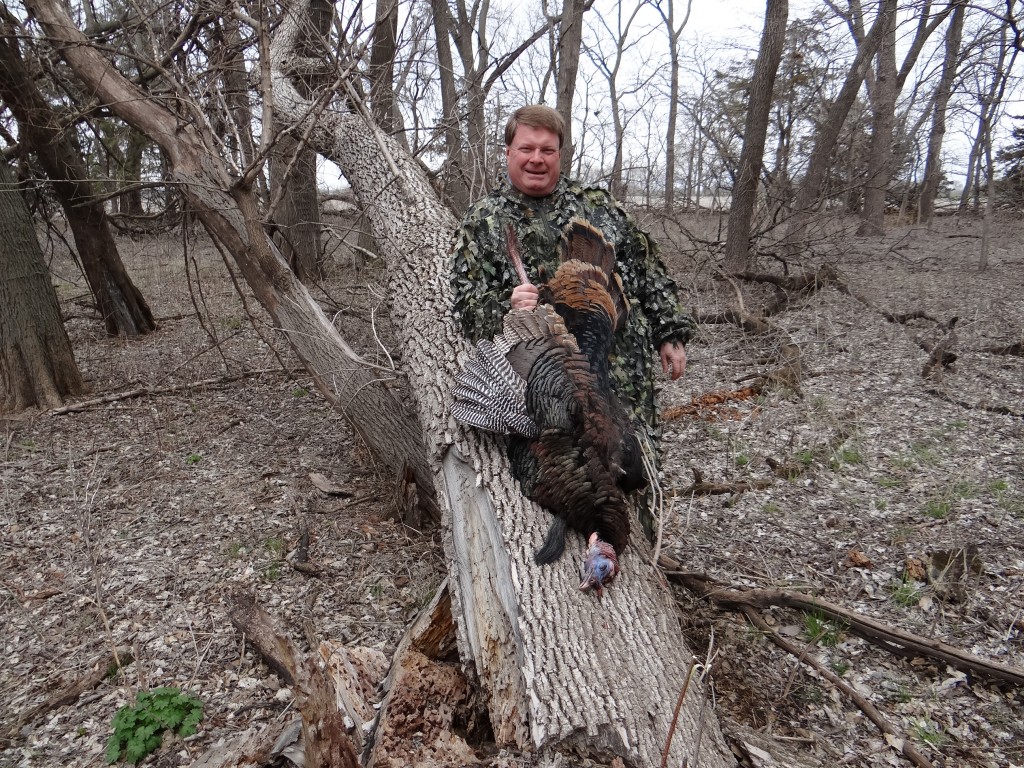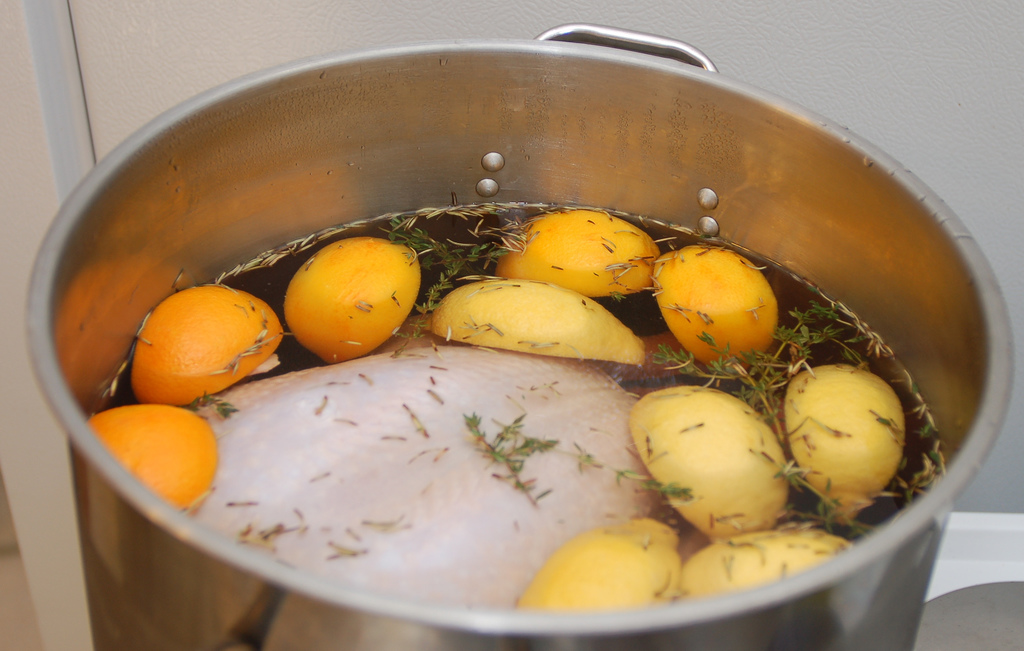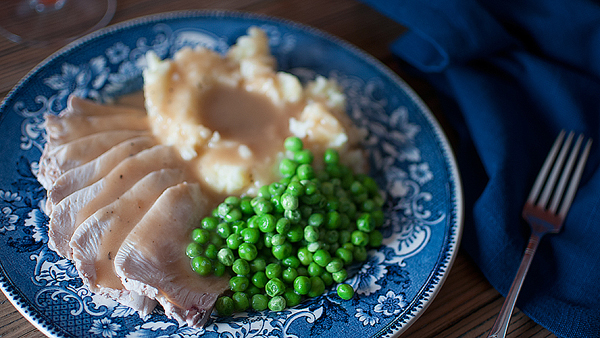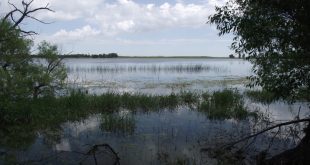Harvesting a wild turkey in the springtime is quite an accomplishment in the Nebraska hunting scene! When that gobbler, jake or bearded hen is down, there’s the high five with your hunting partner in the blind, along with an immediate cancelling of the tag on your turkey permit, plus the various photo ops with your bird, of course.

After all of that takes place, the work begins on establishing the best-tasting wild turkey possible at the dinner table.
Here are six steps to follow to a succulent spring turkey.
- Prompt field dressing, crop removal and cooling of your turkey is critical! If it is a cool day and you aren’t far from home (within an hour or so), you can skip the field dressing, crop removal and cooling step and wait until you are home before cleaning and icing or refrigerating the bird. This step will stop acids from destroying your bird, which can make the main course of your wild game dinner unappetizing to say the least!
- Pluck or skin the bird as soon as possible. Dry plucking is usually preferred. All you need is patience and a good set of kitchen shears to clip the wingtips. This process is less messy and there is no risk of scalding the bird. Dry plucking normally takes about 45 minutes. You can also steam or dunk your bird in hot water, and then pluck it wet if you so choose. Be certain you have a way to boil water to 140°. Plucking and skinning the bird in a timely manner ensures that the feathers won’t cool into the skin and make it tough.
- One of the most common mistakes made when cooking a wild turkey is that the bird comes out dry. Don’t have your prized gobbler taste like the leather on your hunting boots! A tender, juicy bird is ensured only through proper preparation and the use of moist-heat. It really doesn’t matter what method of moist-heat cooking is utilized either — deep-frying, brining, grilling, roasting, oven baking with a cooking bag, etc.
- Your wild turkey is not the same as the store-bought version. This is a biggie! Do not substitute domestic turkey recipes for their wild counterparts! You need to know that most store-bought turkeys have been soaked in juices and injected with plumping preservatives to keep it super-moist. Wild turkeys are very, very lean. So, if you’re planning on basting your wild turkey, experts will tell you to do that at least twice as often, if not three times as often, than a store-bought bird in the cooking process. Some even say to wrap (or bard) bacon around the entire bird.
- Deep-frying your wild turkey is a great way to get a real juicy bird, but be careful! Veteran turkey hunter Dick Turpin of Lincoln, NE swears by this method for cooking his wild turkeys! You’ll use a turkey-fryer or deep-fryer when cooking your bird this way. Deep-frying a wild turkey is not a difficult thing to do, but it does require strict adherence to instructions and safety rules! Turpin explains that the fat from your turkey will blend with the oil from the fryer and keep the bird damp as it cooks. Turpin recommends frying a 20-lb. bird for approximately 60 to 75 minutes at 350°.
- If you aren’t deep-frying your wild turkey, then brining overnight is strongly advised. The entire bird can be brined, or parts of it. Executive Chef and Iowa Western Community College Culinary Instructor, Gene Camarotta of Omaha, NE suggests using a solution of 1 cup of salt and 1 cup of sugar or brown sugar to each gallon of water. That’s basically all you need for an effective, balanced brining solution, he says. Camarotta also points out that he likes add such things as a chopped onion, cut up lemons or oranges, rosemary, bay leaves, white wine and so forth for more flavoring to his brine. But, he emphasizes, don’t skip the salt, because that is the active ingredient that will actually seal in moisture. The salt in a brine, given enough time, will carry moisture (and potentially flavor) into whatever is being brined.

Here’s a wonderful wild turkey brining recipe from our friends at the National Wild Turkey Federation (NWTF) with a slight variation of adding sugar or brown sugar for balance:
Brine Wild Turkey
Ingredients
- 1 1/4 cups kosher salt
- 1 1/4 cup sugar or brown sugar
- 1 gallon of water
- 1 wild turkey, cleaned
- 2 Granny Smith apples
- 1 large onion
- 3 celery stalks
- Fresh ground pepper to taste
Dissolve the salt and sugar in the water in a container large enough to hold the turkey. Lower the turkey into the water. Refrigerate for eight to 12 hours.
Preheat the oven to 400 degrees. Remove the turkey from the brine and discard the brine. Rinse the turkey and pat dry. Cut the apples and onion into slices and the celery into three-inch pieces. Place these in the cavity of the turkey and around it. Season the turkey with pepper. Arrange in a large roasting pan.
Roast, breast side up for 30 minutes. Lower the heat to 325 degrees and turkey the turkey breast side down and bake for 1 1/2 hours. Turn again and bake until cooked through, about 25 minutes per pound. Let stand until slightly cooled before carving.
Use apples, cut into wedges, to brace the turkey when it is roasting breast side down.
Yield: 10 servings
Wild turkey is healthy, delicious game meat and amazing culinary fare. When it’s properly prepared, fresh wild turkey is tough to match as a main dish!

Hungry? Looks scrumptious, doesn’t it? What’s your favorite recipe for wild turkey?
 Nebraskaland Magazine
Nebraskaland Magazine



